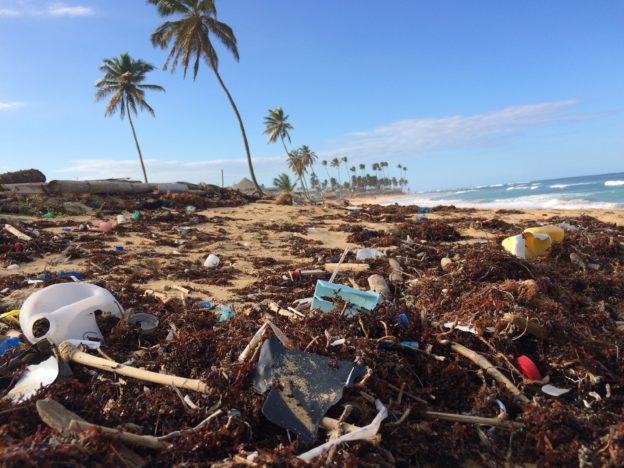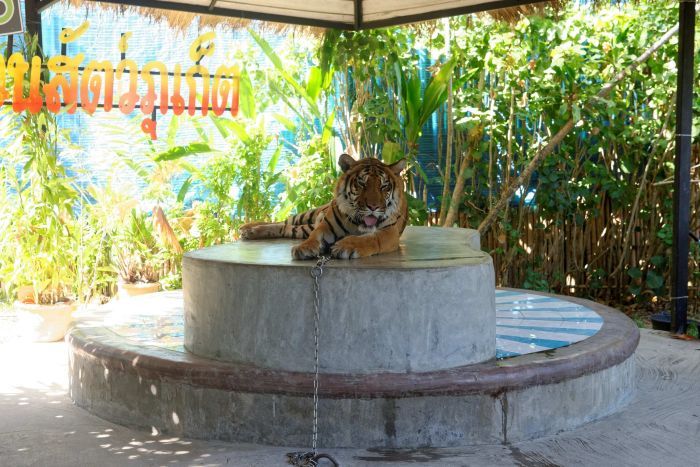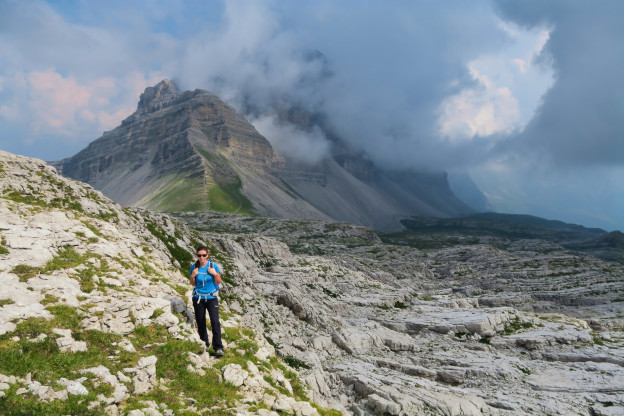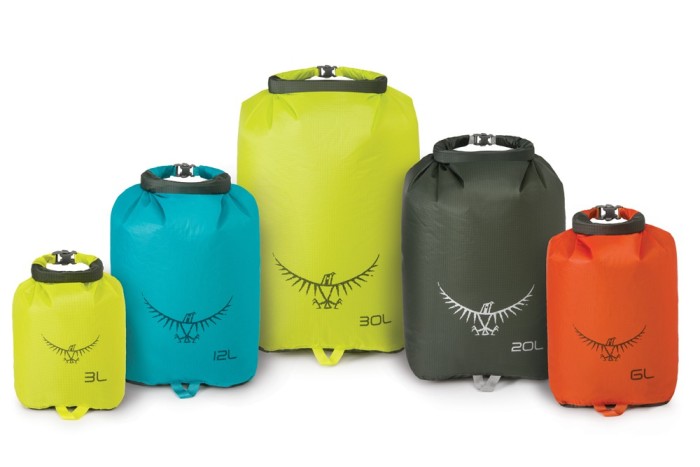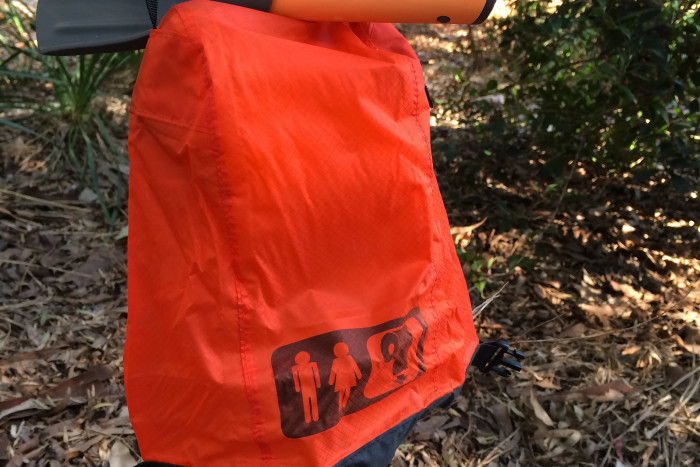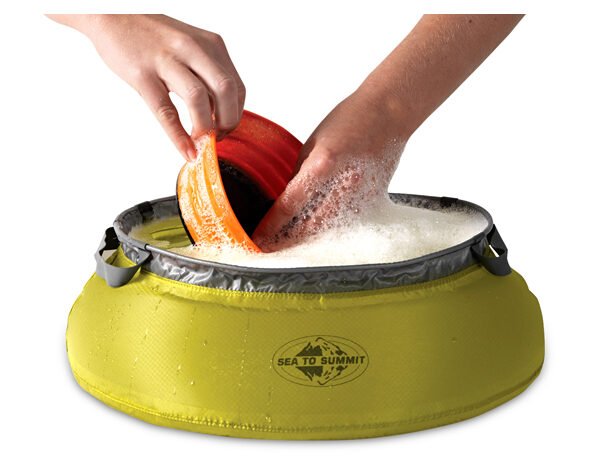Many of us long to be free, to be liberated and embrace life in the most fulfilling way. But many get stuck on how to do so. They lack the courage to push themselves in doing what’s best for them.
Well if you have restless feet and crave the chance to wander around this magnificent planet; adventuring out alone and embracing a life of discovery might give you the ultimate freedom that you desire.
Solo travel means that every decision you make is for you, you do what you want, you go where you want, you eat what you want. As you discover each new place, you learn more about what you like. The ability for you to experience infinite possibilities gives you the chance to meet yourself. Your real self.
People have said that traveling alone reveals to themselves what they’re really like. This is so unbelievably true. It brings out the real you. You’ll learn how to survive on your own, you’re more aware of everything around you, and in each day that goes by you become more independent. It’s an experience like no other, being alone as you become a globe-trotter is about as self-indulgent as it gets. It’s a truly inspiring journey that I suggest every person does at least once in their life.
A great adventure like this one is nothing without its fair share of challenges. At times you feel vulnerable and isolated, potentially homesick. But you will persevere, and the challenges you experience and the strength that comes about because of them pushes you to interact with those around you. It’s at this point where you most crave that meaningful connection in such a foreign setting, that you’ll come across some truly amazing individuals. You’ll meet like-minded travellers, eager to make that unique bond only shared between wandering souls.
When you travel with family or friends, it’s easy to hide behind what you find comfortable. You naturally rely on those around you and can be easily negotiated to doing what they want on occasion. Not that being comfortable is a bad thing, you’ll just find that your journey will be more inspiring and refreshing when you step outside your comfort zone.
There have been many courageous people to take the leap before you, to dive into the great big world and come out on the other side, a better, more cultured individual because of it. So we thought we’d share with you some inspiring solo travellers who’ve left us with that all consuming travel bug. Matt Kepnes, better known as Nomadic Matt, is a backpacker and solo travelling extraordinaire, who’s been travelling the world for over a decade. His blog and Instagram are renowned in the travelling world, and provides an amazingly unique insight into how to live an inspiring adventure filled life.
Then there’s Kristin Addis, creator of Be My Travel Muse, her platform shows her dedication to solo travel and showing others how to do it fearlessly. Her followers get a look into her colourful adventures through her blog, Instagram and beautifully montaged Youtube videos. Third and finally, we have Alice Teacake, of Teacake Travels, her quirky nature and bubbly outlook on life and pushing boundaries leaves something to be admired. Each photo she posts or blog post she writes are aimed at inspiring girl power and people’s belief in themselves to be able to adventure out alone.
The list could go on forever, there are so many inspiring people out there, that have conquered their fears of the unknown and become advocates for the nomadic life. And there’s something to be said on the growing number of people taking a chance on such a life changing journey.
“Solo travel is such a gift because it gives us all a chance to be totally selfish for a while..it’s taught me that I’m resourceful, braver than I thought, more capable than I imagined.”
– Kristin Addis.
Not only does travelling alone open up your journey to limitless spontaneity, but it allows you to better appreciate your surroundings. You’ll find yourself passing the point of being scared of the solitude, and come out feeling remarkably strong. It’s an incredible moment, discovering that you are at ease with yourself and where you are. To be okay with whatever gets thrown at you because you’ve learned to acknowledge the happiness found through being one with yourself.
And when it’s all said and done, the truly inspiring people you’ve met, the colourful and unique places you’ve seen, and the accomplishment of sheer and utter freedom will leave you with the most memorable experiences that will stay with you for the rest of your life.
Check out the upcoming adventures on our calendar!






